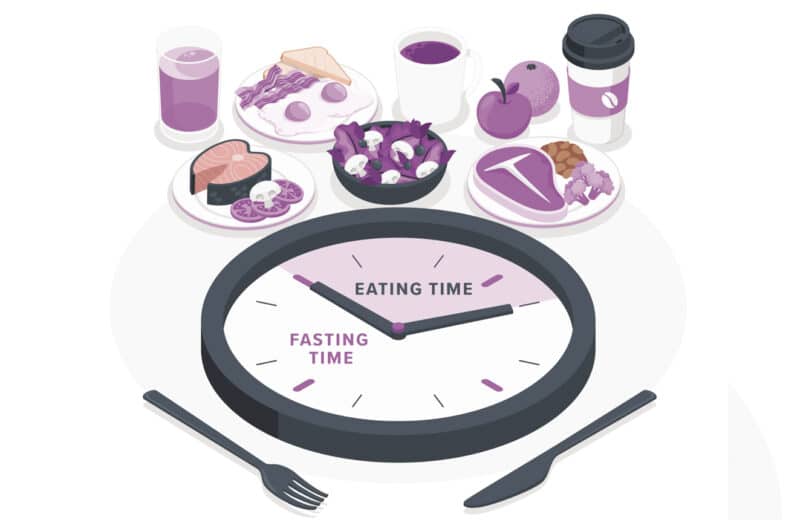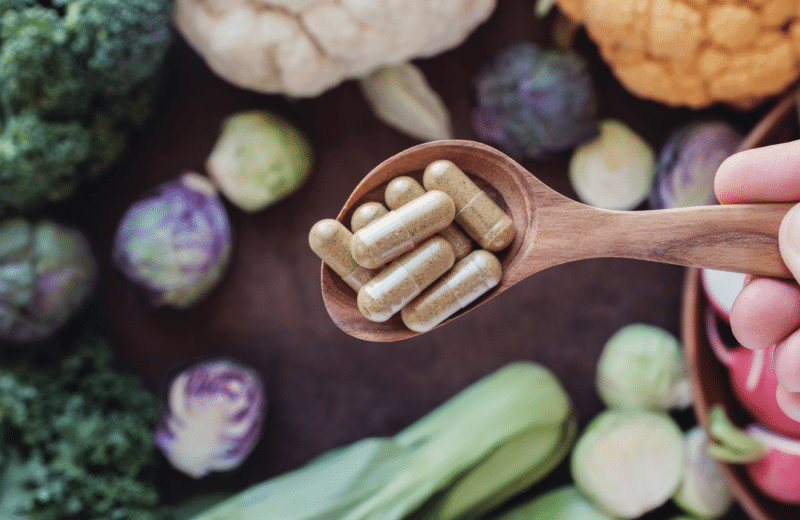You might feel like a caveman or cavewoman the first time you try bone broth, but it’s worth giving this nutrient- and mineral-packed broth a try. Here’s what you need to know.
Bone broth isn’t exactly stock.
What separates a broth from a stock? Mainly, the amount of time it’s simmered. The longer the liquid cooks, the more nutrients and minerals leach from the bones. Broths are made by simmering the bones and some meat (typically that’s already been roasted) of an animal or fish for a very long time, often more than 24 hours, versus a stock which can finish cooking in about three.
Bone broth is a popular trend right now.
Bone broth first gained traction among the paleo crowd, but now the nourishing tonic has reached mass appeal, thanks to Kobe Bryant and chefs like Marco Canora of New York City’s Hearth. Canora started selling to-go cups of bone broth from a window of his restaurant, offering add-ins like freshly grated turmeric and ginger juice. “My mission lately is to prove to people that ‘healthy’ doesn’t mean you need to sacrifice flavor or satisfaction,” says Canora, author of the cookbook A Good Food Day. He continues, “In my mind, nothing proves this more than a well-made bone broth. It’s delicious and the list of health benefits is as long as my arm.” You’ll also see more of it on store shelves as more and more people catch on to its benefits.
It may be popular, but it’s not new.
“Bone broth has been around for centuries,” says Sara Haas, R.D.N., a dietitian, chef and spokesperson for the Academy of Nutrition and Dietetics. Doctors of Chinese medicine have turned to it to strengthen kidneys and support the digestive system, and the English have sipped beef tea (read: a steeped mixture of cubed beef and water) since the Victorian era.
It has big benefits.
An aromatic broth simmered with beef or poultry bones and vegetables offers a laundry list of body-boosting goodness: protein (about 6 grams per cup) and minerals like calcium, phosphorus (good for bones and teeth) and potassium, which helps move nutrients into cells and waste out of cells. But, according to Daniel Auer, a holistic medicine doctor based in the San Francisco Bay Area, the real draw is the low-and-slow cooking process, which breaks down the bones and connective tissues of the meat.
As we sip the broth, we take in collagen, a protein that’s an important building block in the body, and gelatin, a form of collagen that aids digestion, both of which Auer says are incredibly healing. He recommends bone broth to patients with food sensitivities as a way to nourish the digestive system without too much work. Just remember: it’s nutritious, but it’s not a miracle drink — despite the many fans who claim it as such.
You can make your own.
Place leftover roast chicken bones in a large pot (or slow cooker) and cover with 6 cups water. Add 1 chopped carrot, 2 chopped celery stalks and any aromatic herbs you desire, such as thyme, rosemary, parsley or oregano. Simmer on low for at least 20 hours.
(Fitness is fuel for women who are serious about being healthy and staying strong. Online at www.fitnessmagazine.com.)













